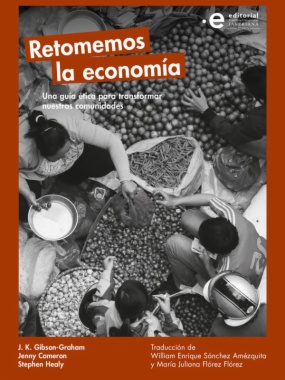
Estás filtrando por
Se encontraron 3385 resultados en recursos

Compartir este contenido
Siembra de plantas nectaríferas
Copia el enlace o compártelo en redes sociales

Aplicaciones informáticas de RRHH. NóminaPlus
Compartir este contenido
Aplicaciones informáticas de RRHH. NóminaPlus
Copia el enlace o compártelo en redes sociales
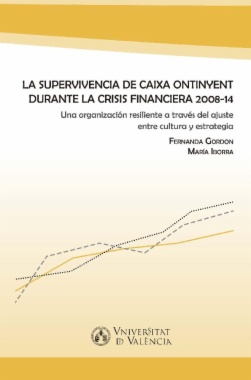
La supervivencia de Caixa Ontinyent durante la crisis financiera 2008-14
Compartir este contenido
La supervivencia de Caixa Ontinyent durante la crisis financiera 2008-14
Copia el enlace o compártelo en redes sociales
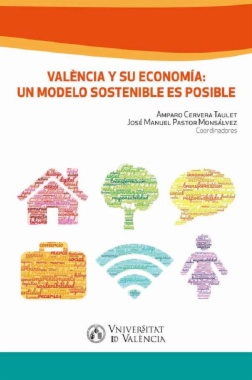
Valencia y su economía: un modelo sostenible es posible
Compartir este contenido
Valencia y su economía: un modelo sostenible es posible
Copia el enlace o compártelo en redes sociales
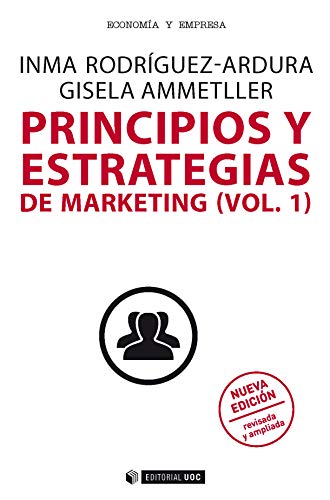
Principios y estrategias de marketing (Vol.1)
Compartir este contenido
Principios y estrategias de marketing (Vol.1)
Copia el enlace o compártelo en redes sociales
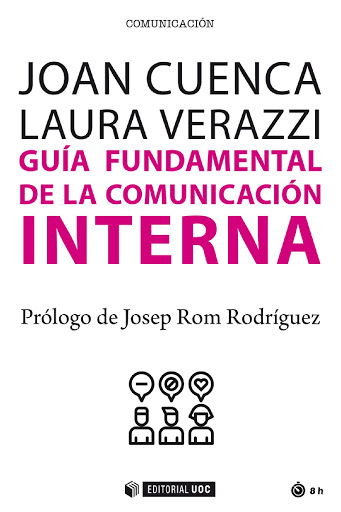
Guía fundamental de la comunicación interna
Compartir este contenido
Guía fundamental de la comunicación interna
Copia el enlace o compártelo en redes sociales

Desarrollador Salesforce
Compartir este contenido
Desarrollador Salesforce
Copia el enlace o compártelo en redes sociales

Administrador Salesforce
Compartir este contenido
Administrador Salesforce
Copia el enlace o compártelo en redes sociales
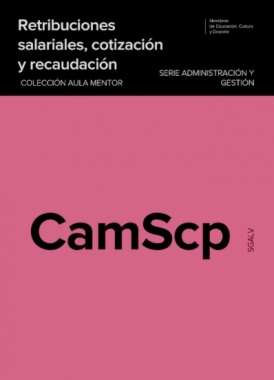
Retribuciones salariales, cotización y recaudación
Compartir este contenido
Retribuciones salariales, cotización y recaudación
Copia el enlace o compártelo en redes sociales

Introducción a Salesforce
Compartir este contenido
Introducción a Salesforce
Copia el enlace o compártelo en redes sociales
Selecciona las Colecciones en las que vas a añadir el contenido
Para consultar los contenidos añadidos busca la opción Tus colecciones en el menú principal o en Mi perfil.
